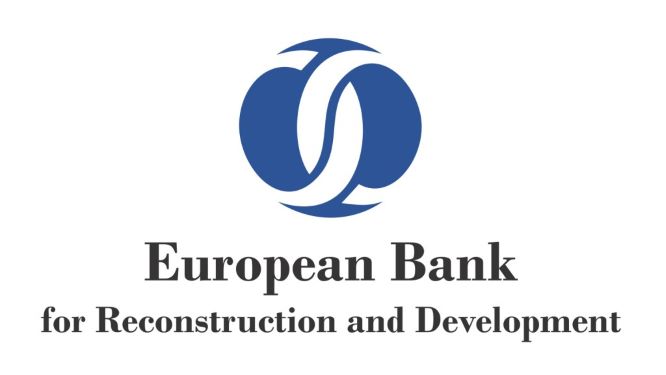
By Volker Ahlemeyer
Tungaamaa Davaakhuu is head of nursing at State Hospital No.3 in Ulaanbaatar. She has worked there for nearly 30 years and clearly cares for her patients’ well-being. She remembers well the moment when the hospital’s heating suddenly stopped working two years ago.
“It was very uncomfortable for our patients,” she says. “They were at risk of catching cold and some of them had to leave the hospital before completing their treatment. It was also difficult for our medical staff to work in such an environment.”
In the wintertime, in Mongolia’s capital, temperatures regularly drop below -30°C at night. When the heating failed, it was not just the staff and patients of the hospital who suffered, but many others, who were connected to the same system: schools, businesses and private homes. Old infrastructure and pipes caused temporary outages in various parts of Ulaanbaatar.
The EBRD and the European Union therefore teamed up to support the city with a loan of US$10 million loan and a grant of €4,847,100(US$5,284,090.30), respectively. The project was also supported by Japan and the Austrian Federal Ministry of Finance.
The investments to date have served to replace 4.5 km of pipes and build a new pumping station. New pipes will be constructed in the coming years and connect more people to the district heating system. In total, more than 45.000 citizens will benefit from a stable heat supply.
Ulaanbaatar is part of the EBRD Green Cities Programme, which aims to build a better and more sustainable future for cities and their residents. For Mongolia’s capital, this means significant improvements in its waste management, the construction of energy-efficient social housing, a more modern district heating system and various other measures.
The replacement pipes, which now reliably connect the hospital area and supply uninterrupted heating, are among several tangible results to date. It should make heating outages a distant memory for the hospital, Tungaamaa and many more citizens.
“The heating interruptions two years ago also affected my home, as it is connected to the same heating network,” Tungaamaa says. It brought back memories of cold winters when she was growing up as child in a traditional ger in the countryside.
“We used to constantly burn cow dung to get warm,” she recalls. “Also, my school had no central heating system. I felt cold all the time. When I came to Ulaanbaatar, I started living in a flat that had heating, as well as hot and cold water. It seemed very nice and comfortable.”
With the improvements currently underway, many of Ulaanbaatar’s citizens should soon have more comfortable homes, and live in a more sustainable, greener city in the long run – one that is ready for the future.






